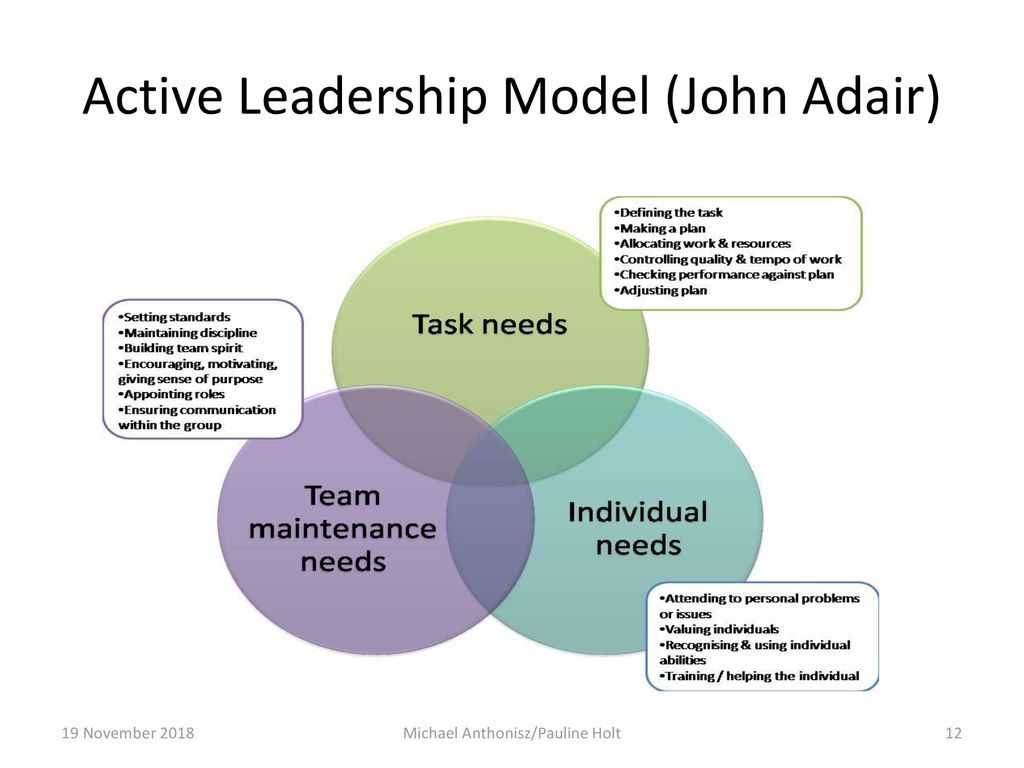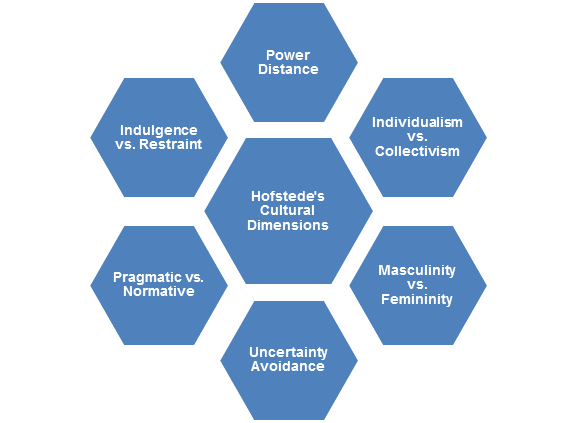The quality of a leader has some form of hierarchy within a group, in few scenarios the hierarchy is well defined and formal in nature which means the leader is on top or it is informal and flexible (Nahavandi, 2018). There is no best one way that describes whats an effective leader. The purpose of this blog is to elaborate my development as a leader for the future and what changes have taken place in my skill set through this course and managing experience.

Tranformational Leadership
With all my ongoing MBA experience, I am more inclined to choose to be a transformational leader at I personally think its suitable for business in general. Organisational culture to maintain transformational mode, top management should make the required changes which involves thinking about what style of leadership be adopted (Bass, 2019). Transformational leader boosts motivation, moral of followers, morale and cater to their followers. Transformational leadership is directive and participative in nature (Bass, 2019) which is what I have in mind. I would choose to be this type of leader not only because its what I find the best way but it also personally suitable to me and to what kind of leader I personally want to be.

Learning about Business and Transformational Leadership Style
Leadership and Culture are so deeply correlated to each other that it is evident to describe organisation culture characterised by qualities of transformational leadership. Transformational qualities tends to break expectations in organisational settings. (Xenikou and Simosi, 2006) These types of leaders tend to direct the organisation in the direction of intellectual stimulation, accomplishment and individual consideration. Block (1985) found that employees who saw their supervisor to be pretty familiar with transformational leadership were more involved to follow the organisational culture as integrating, adapted, involving and having a clear mission. (Block, 1985). It can be seen that transformational leadership has a very positive influence on organisational culture and excels businesses in multiple aspects and dimensions.
Turning into the Leader I Choose to be in Future
Time flies by much quickly that we generally expect, its important to ask yourselves what you want to be in the future. I personally want to become a transformational leader as it suits me and is similar to what I want from my future expectations.


My main goal as a part of the group was the coordinate with the members and come up with solutions to complete the tasks given to us in the course module of Leading in the changing world. It is a part of my MBA programme and what I have learnt from it is that when you work in a group, Communication and execution play a crucial role in any kind of team work. The leader stimulates these two aspects which is why the role of the leader is very important. Its always seen that the importance of a leader is sometimes overlooked, you have to also realise that the team you are working with should also be up to the mark as its very important. Instead of looking at the leader that leads the boat, the crew should also be considered very important for the boat to stay floating.
Learning Outcomes
I clearly observed that the group work from this module has given me first hand experience to practically face the hurdles and to find solution within a limited time frame. I made mistakes and didn’t realise it until later when I went back home. It made me realise that its important to have faith in yourself to make people work together and also to have that influence on people and trust for them to open up to you and express their solutions towards the gaols that needed to be achieved. The group work gave me confidence and happiness as it build up my self esteem as a leader. It also made me realise how important work experience is for personal development at multiple levels.

From my exposure as to becoming a leader, I have realised that being a leader need a mix of many qualities which involves faith in the future, Innovative vision, effective communication skills, trust and confidence by the followers, Influential traits, etc. All these combined makes the leader unique and differentiate them from the crowd. All the lessons I have learned from this MBA will be carried forward with me in the future for me to become the leader I intended to be.
References
Bass, B. (2019). [online] Citeseerx.ist.psu.edu. Available at: http://citeseerx.ist.psu.edu/viewdoc/download?doi=10.1.1.560.9456&rep=rep1&type=pdf [Accessed 6 Jan. 2019].
Xenikou, A. and Simosi, M. (2006). Organizational culture and transformational leadership as predictors of business unit performance. Journal of Managerial Psychology, 21(6), pp.566-579.
Eagly, A. and Johannesen-Schmidt, M. (2019). Transformational, Transactional, and Laissez-Faire Leadership Styles: A Meta-Analysis Comparing Women and Men. [online] Studydaddy.com. Available at: https://studydaddy.com/attachment/98473/Transformational.pdf [Accessed 6 Jan. 2019].












